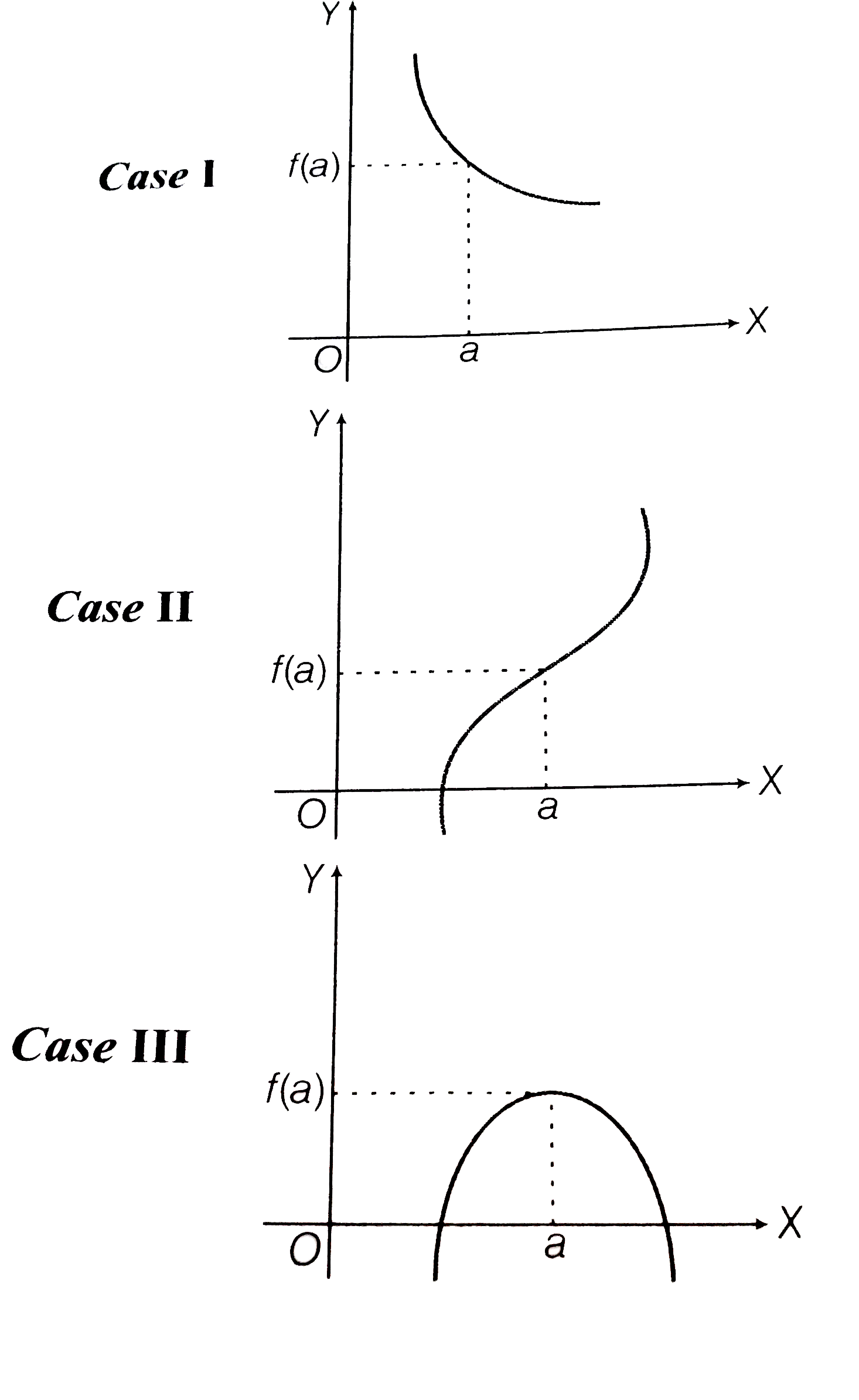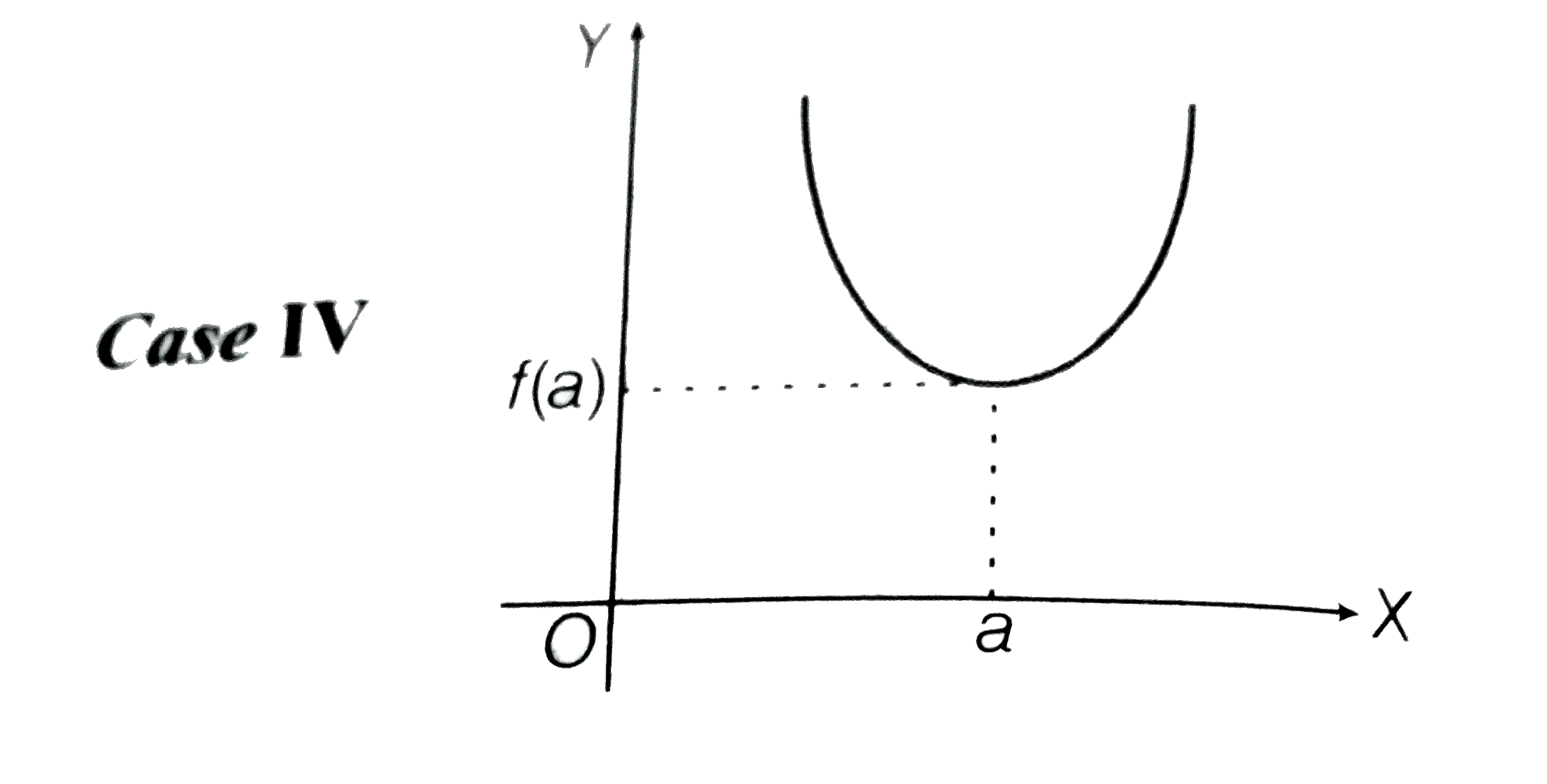Let be polynomial of degree 4 with roots 1,2,3,4 and leading coefficient 1 and be the polynomial of degree 4 with roots and with leading coefficient 1. Then equalsSolution in Punjabi
(a)
(b)
(c)
(d)
The correct Answer is:B
Step by step video & image solution for Let f(x) be polynomial of degree 4 with roots 1,2,3,4 and leading coefficient 1 and g(x) be the polynomial of degree 4 with roots 1,1/2,1/3 and 1/4 with leading coefficient 1. Then lim_(xto1)(f(x))/(g(x)) equals by Maths experts to help you in doubts & scoring excellent marks in Class 12 exams.
Updated on:21/07/2023Topper's Solved these Questions
- LIMITSBOOK - ARIHANT MATHSCHAPTER - LIMITSEXERCISE - Exercise (More Than One Correct Option Type Questions)
15 Videos
- LIMITSBOOK - ARIHANT MATHSCHAPTER - LIMITSEXERCISE - Exercise (Passage Based Questions)
10 Videos
- LIMITSBOOK - ARIHANT MATHSCHAPTER - LIMITSEXERCISE - SOLVED EXAMPLES
1 Videos
- INVERSE TRIGONOMETRIC FUNCTIONSBOOK - ARIHANT MATHSCHAPTER - INVERSE TRIGONOMETRIC FUNCTIONSEXERCISE - Exercise (Questions Asked In Previous 13 Years Exam)
8 Videos
- LOGARITHM AND THEIR PROPERTIESBOOK - ARIHANT MATHSCHAPTER - LOGARITHM AND THEIR PROPERTIESEXERCISE - Exercise (Questions Asked In Previous 13 Years Exam)
4 Videos
Similar Questions
If limx→∞4x(π4−tan−1(x+1x+2))=y2+4y+5 then y can be equal to
View SolutionIf limx→af(x)=1 and limx→ag(x)=∞ then limx→a{f(x)}g(x)=elimx→a(f(x)−1)g(x)
limx→0(sinxx)sinxx−sinx is equal to
View SolutionTo evaluate limx→a[f(x)], we must analyse the f(x) in right hand neighbourhood as well as in left hand neighbourhood of x=a. E.g. In case of continuous function, we may come across followign cases.


Iff(a) is an integer, the limit will exist in Case III and Case IV but not in Case I and Case II. If f(a) is not an integer, the limit exists in all the cases. ltbgt If f'(1)=−3 and limx→1[f(x)−12] does not exist, (where [.] denotes the greatest integer function), then
View SolutionIf α=3sin−1(611andβ=3cos−1(49), where the inverse trigonometric functions take only the principal values, then the correct options (s) is (are)
View SolutionIn Which quadrant Point (−2,−3) will be lie.
View SolutionLet f(x) polynomial of degree 5 with leading coefficient unity such that f(1)=5 ,f(2)=4,f(3)=3,f(4)=2,f(5)=1, then f(6) is equal to
View SolutionLet f(x) be a cubic polynomial with leading coefficient unity such that f(0)=1 and all the roots of f(x)=0 are also roots of f(x)=0. If f(x)dx=g(x)+C, where g(0)=(1)/(4) and C is constant of integration,then g(3)-g(1) is equal to
View SolutionIf f(x) is a polynomial of degree three with leading coefficient 1 such that f(1)=1,f(2)= 4,f(3)=9 then
View SolutionIf f(x) is polynomial of degree 5 with leading coefficient =1,f(4)=0. If the curvey y=|f(x)| and y=f(|x|) are same,then find f(5).
View SolutionIf f(x) is a polynomial of degree four with leading coefficient one satisfying f(1)=1,f(2)=2,f(3)=3. then [(f(-1)+f(5))/(f(0)+f(4))]
View SolutionLet f(x) be a fourth degree polynomial with coefficient of x^(4) is 1 is such that f(-1)=1,f(2)=4.f(-3)=9,(4)=16 then find f(1) .
View Solutionf(x) is polynomial of degree 4 with real coefficients such that f(x)=0 satisfied by x=1, 2, 3 only then f'(1)f'(2)f'(3) is equal to -
View SolutionIF THE MINIMUM VALUE OF AN OBJECTIVE FUNCTION Z=ax+by occurs at two point(3,4) and 4,3
View SolutionLet f(x) be a polynomial of degree 5 with leading coefficient unity, such that f(1)=5,f(2)=4,f(3)=3,f(4)=2andf(5)=1, then :
Product of the roots of f(x) is equal to :
View SolutionIf f(x) = 0 is a polynomial whose coefficients all ±1 and whose roots are all real, then the degree of f(x) can be equal to
View SolutionIf f(x) is a polynomial of degree four with leading coefficient one satisfying f(1)=1,f(2)=2,f(3)=3.then [f(−1)+f(5)f(0)+f(4)]
View Solution
